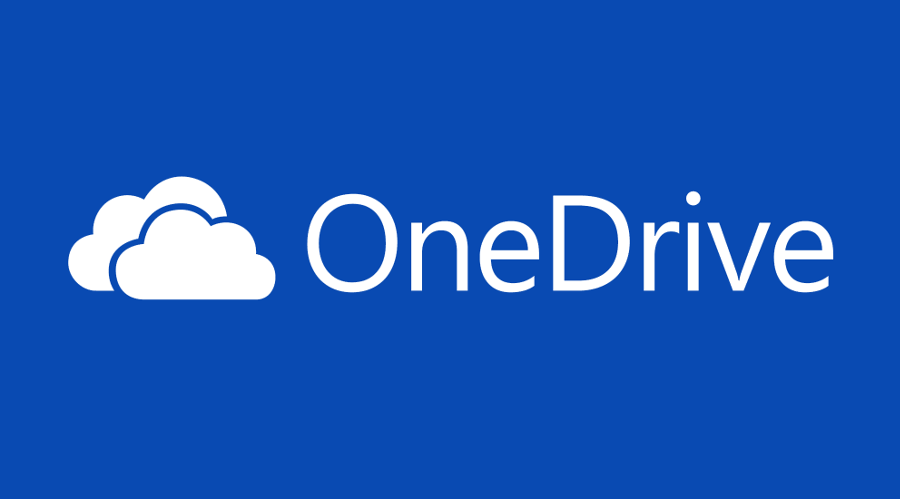OneDrive is the online document storage solution created by Microsoft which comes bundled as a free service with Windows 10. It can be used to store your documents and other data online in the cloud. It also offers synchronization of stored data across all your devices. Microsoft today announced that OneDrive now supports differential sync, available in both paid and free plans.

OneDrive will synchronize large files significantly faster and considerably reduce network utilization for all file types. From now, it will be able to sync only modified parts of large files, and won't reupload/redownload the entire file.
Earlier, if you changed a single byte of a large 4 Gb ISO image, OneDrive would upload the entire file to the cloud, and download it to other connected devices running under the same Microsoft Account. With today's update, it will just automatically modify the changed byte. This will significantly speed up the synchronization process, and will reduce the bandwidth required to keep files up-to-date on all your devices.
Until now, OneDrive supported differential sync for some file types such as Office documents only. Now, it is extended for most of the file formats, including JPEG and PNG images, and many other documents.
Differential sync is listed as "launched" on Microsoft 365 RoadMap web site. This means that it should be already available for OneDrive users.
Support us
Winaero greatly relies on your support. You can help the site keep bringing you interesting and useful content and software by using these options:
